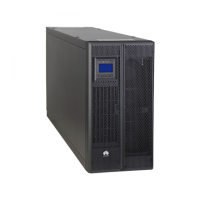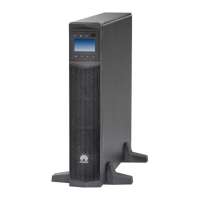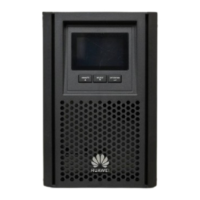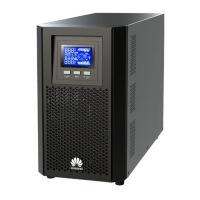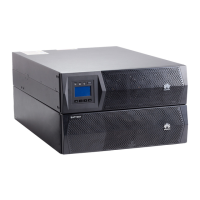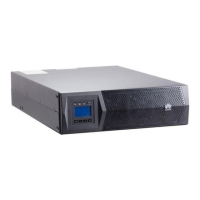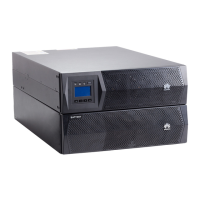Tighten the screws on copper bars or cables to the torque specied in this
document. Periodically conrm whether the screws are tightened, check for rust,
corrosion, or other foreign objects, and clean them up if any. Loose screw
connections will result in excessive voltage drops or and batteries may catch re
when the current is high.
After batteries are discharged, charge them in time to avoid damage due to
overdischarge.
If the electrolyte leaks, absorb and neutralize the electrolyte immediately. Exercise
caution when moving or handling a battery with electrolyte leakage, because the
leaking electrolyte is hazardous.
Lead-acid batteries in use emit ammable gas. Ensure that batteries are installed
in a well-ventilated area and reproof measures are taken.
Do not use unsealed lead-acid batteries.
Statement
The Company shall not be liable for any of the following damages to batteries:
● Batteries are damaged due to force majeure (such as earthquakes, oods,
volcanic eruptions, debris ows, lightning strikes, res, and wars).
● Batteries are damaged because the battery operating environment or external
power parameters do not meet environment requirements, for example, the
actual operating temperature of batteries is too high or too low, or the power
grid is unstable and experiences outages frequently.
● Batteries are damaged, fall, leak, or crack due to improper operations or
incorrect connection.
● After being installed and connected to the system, the batteries are not
powered on in time due to reasons attributed to the customer, which causes
damage to the batteries due to overdischarge.
● Batteries are damaged because they are not accepted in time due to reasons
attributed to the customer.
UPSJZ-T-(1 kVA–3 kVA)
User Manual 1 Safety Information
2022-08-15 7

